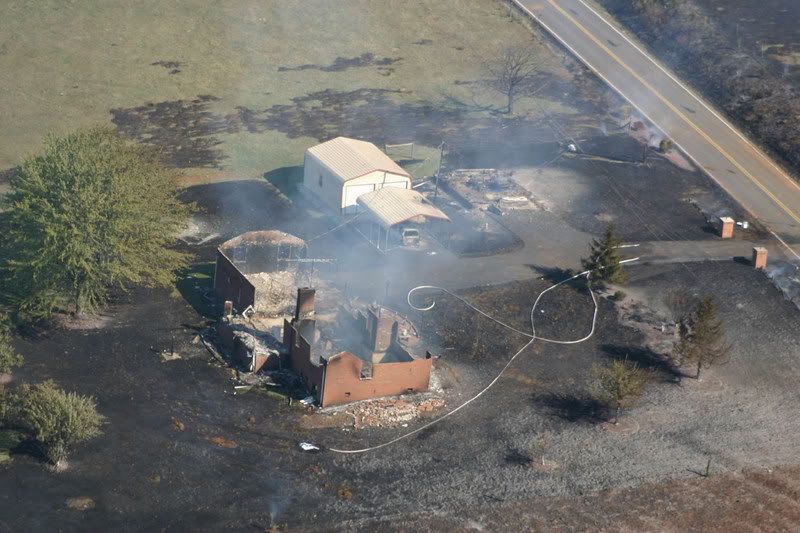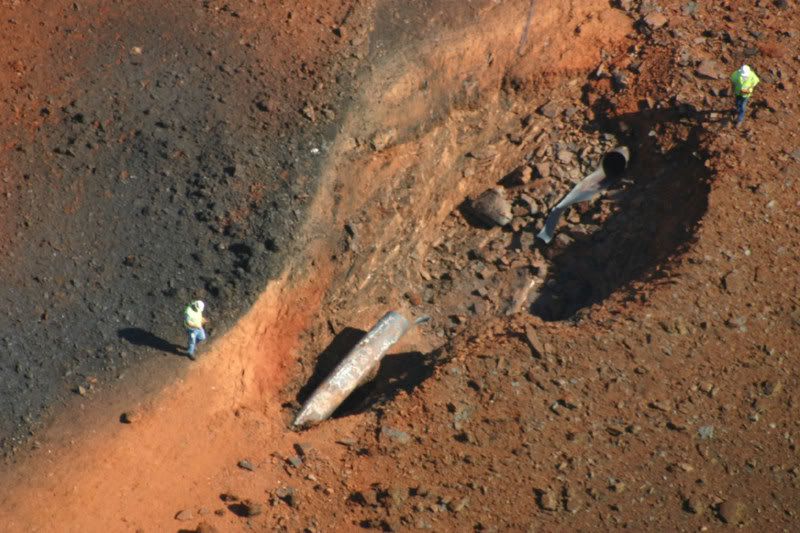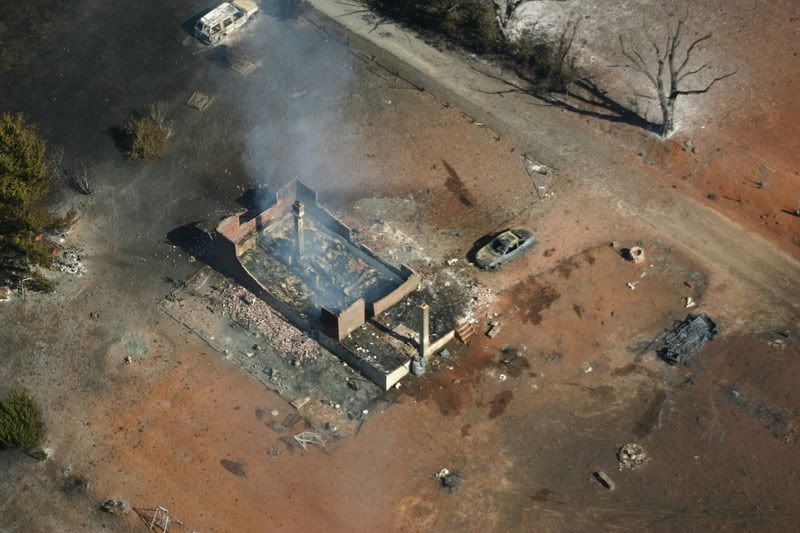I just wanted to post a few pic's so people can have an appreciation of what we're talking about here. The pic's below are of a line break down in the states. This is a
simple break that affected a line which was buried 5 feet under the ground. The pictures below would be nothing compared to what would happen if you bombed a 30" riser (first incident) or hit a header system (second incident) which is only miles away from the main sulphur recover plant at Step Rock.
Again this line was 5 feet under the ground buried under heavy clay which held the pipe down when it did blow out. I'm not sure if any of you have seen what happens when you knock off a valve on a pressurized scuba tank (kind like in the in the movies where the tank goes flying) but to bomb a 30" pipeline operating at 1500 psi at an above ground location would have a similar effect and could possibly rip the pipe out of the ground for miles setting off a chain reaction as it hit each ESD site (emergency shut down) which are normally about a kilometre apart.
What you see here was a result of a tiny crack in the pipe. Keep in mind there was no oxygen available upon the initial blow out. The fire probably didn't start until after, this would not be the case with an above ground explosion.
One thing I should mention here is this type of blow out is much less common in Canada. We have far sticker regulations on pipeline cathotics and corrosion inspection. Also we have better guidelines on the proximity of these lines to residential areas so in
most cases their is less danger to the public. We don't however have any rules regarding bombing pipelines other than "don't do it".
This would be the effect of a explosion. The fall out from the sour gas would another issue entirely. At .05% H2S is still potentially fatal depending on how far you are from the site and the volume released.








